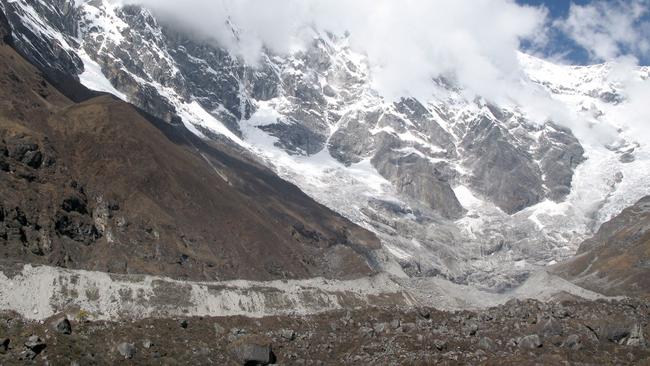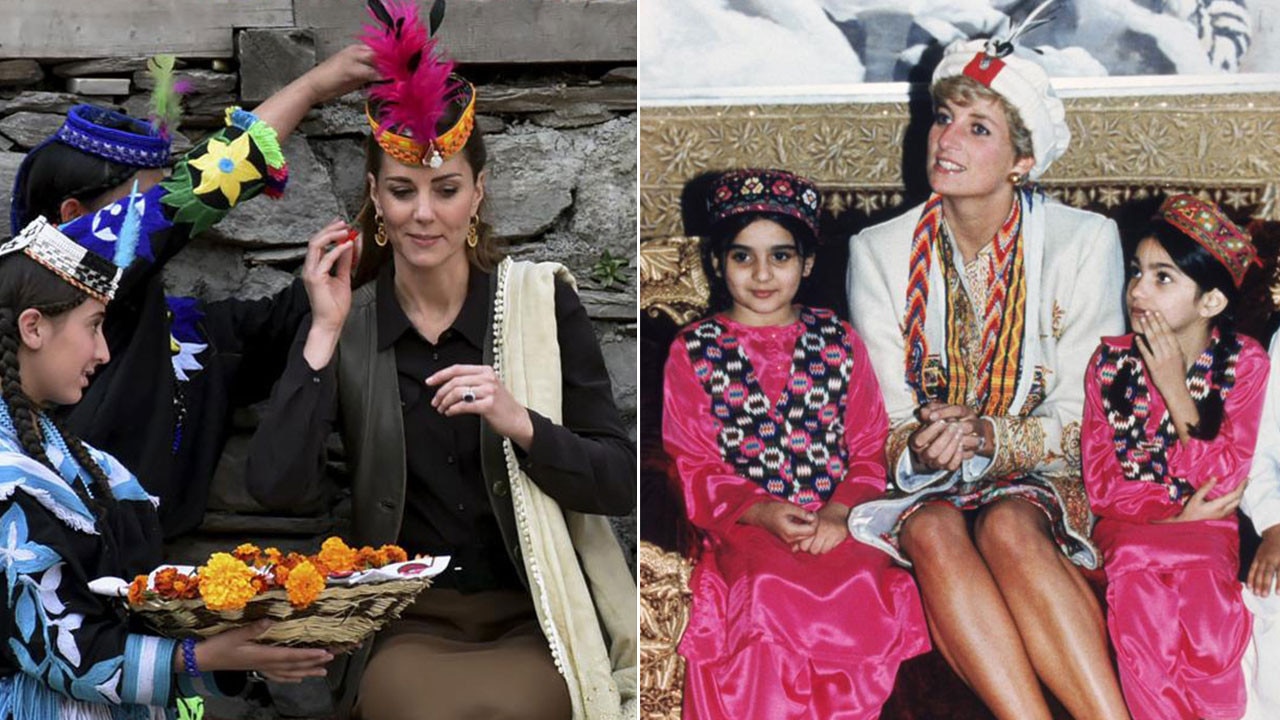Melting Himalayan glaciers threaten the livelihoods of millions
Himalayan glaciers will shrink by at least a third by the end of the century because of climate change, a study says.

Himalayan glaciers will shrink by at least a third by the end of the century because of climate change, threatening the livelihoods of millions of people in the mountains and river valleys below, a study has found.
The thaw will alter the flow of 10 rivers, including the Yangtze, Mekong, Indus and Ganges, causing increased flooding of farmland, according to the report on the impact of rising temperatures on the Hindu Kush Himalaya region. About 250 million people live in the mountains and 1.65 billion people in valleys of the region, which stretches 3500km across Afghanistan, Bangladesh, Bhutan, China, India, Myanmar, Nepal and Pakistan.
The report by the International Centre for Integrated Mountain Development, a scientific body that advises those eight countries, says that a third of the region’s ice will be lost even if the global average temperature rise is limited to 1.5C above the pre-industrial level. The world has already warmed by 1C and most scientists say another 0.5C is inevitable regardless of how fast countries cut emissions.
The report is much more cautious in its predictions than a 2007 report by the Intergovernmental Panel on Climate Change, which falsely claimed that Himalayan glaciers could disappear by 2035.
The new report, based on contributions from more than 200 scientists, says that two-thirds of the region’s glaciers could melt by 2100 in the most extreme scenario, in which there would be little action to reduce emissions and a 5C rise in global temperature.
A higher melting rate will increase the number and size of glacier lakes, which can suddenly flood and cause rivers to burst their banks, destroying crops, the report says. Reduced snowfall in winter as the temperature rises could result in droughts in the pre-monsoon season. The report says the changes will have the greatest impact on the 80 million mountain people living on less than $3 a day and hundreds of millions in the wider region.
Wouter Buytaert of Imperial College London said the impact of melting glaciers on populations downstream remained unclear. “While glacier meltwater propagates downstream, it mixes with water from other sources such as direct rainfall, wetlands, and groundwater, up to a point where the impact of glacier melting may become negligible,” he said.
The Times



To join the conversation, please log in. Don't have an account? Register
Join the conversation, you are commenting as Logout